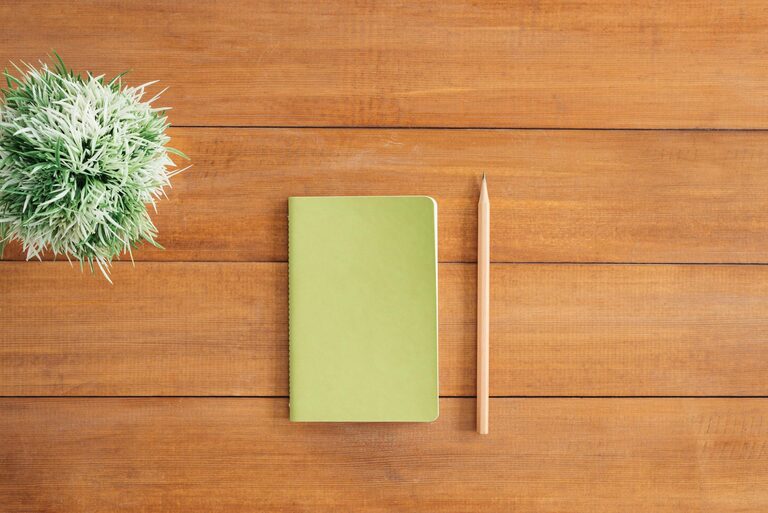
Reducing paper clutter at home not only creates a cleaner environment but also makes managing important documents easier. If your kitchen counters, desks, or drawers are overflowing with papers, it might be time to take some simple steps to regain control. In this post, we’ll explore practical and easy ways to minimize paper clutter and maintain an orderly home.
Why Paper Clutter Accumulates
Paper clutter builds up for various reasons. Bills, receipts, magazines, flyers, school paperwork, and printed emails often pile up faster than we realize. Without a system to sort, file, or discard these documents regularly, clutter can become overwhelming and stressful.
Step 1: Assess and Sort Your Paper
Before organizing, gather all loose papers and sort them into categories such as:
– Important documents (tax records, medical papers, legal documents)
– Bills and statements
– Receipts and warranties
– Junk mail and flyers
– Magazines and newspapers
– School and work papers
– Items to act on (invitations, letters needing replies)
Sort papers in a well-lit area with ample space. This helps you see what you have and makes the next steps easier.
Step 2: Create Clear Filing Systems
Design a simple filing system that fits your needs and space. This can be a physical filing cabinet, portable file boxes, or desktop organizers.
Tips for Filing:
– Use labeled folders or color-coded tabs to separate categories.
– Keep only essential papers; shred or recycle outdated or unnecessary items immediately.
– For bills and receipts, create folders like “To Pay,” “Paid,” and “Taxes” to track their status.
– Store documents you rarely use in less accessible places, while daily-use papers stay handy.
Step 3: Digitize Documents Where Possible
Going paperless can drastically reduce clutter. Many important documents can be scanned and stored on your computer, cloud services, or dedicated apps.
Advantages of Digitizing:
– Easy to search and access files anytime.
– Reduces need for physical storage space.
– Protects against loss or damage of paper documents.
Make sure to back up digital files regularly and keep antivirus software updated for security.
Step 4: Manage Incoming Paper Daily
A common cause of paper buildup is unchecked incoming mail and documents. Establish a habit to deal with new papers as soon as possible.
Daily Paper Management Tips:
– Set up an entryway inbox or tray specifically for incoming mail.
– Sort mail immediately: recycle junk mail, file important papers, and place items to act on in a designated spot.
– Take action on urgent papers the same day to prevent piles from forming.
– Unsubscribe from unnecessary mailing lists to reduce junk mail.
Step 5: Use Less Paper in the First Place
Controlling paper clutter starts by limiting the amount of paper you bring home.
Ways to Use Less Paper:
– Opt for electronic bills and statements whenever possible.
– Switch to digital subscriptions for magazines and newspapers.
– Use apps and calendars on your phone or computer instead of printed planners.
– Print only when necessary and double-check if a digital copy will suffice.
Step 6: Create a Paperwork Station
Designating one dedicated space in your home for handling paper can simplify organization.
What Your Paper Station Needs:
– A clear desktop area with organizers, trays, or baskets.
– Filing supplies like folders, labels, and a shredder nearby.
– A small shredder to destroy sensitive documents immediately.
– Bins for recycling paper scraps.
Having everything in one place encourages regular upkeep.
Step 7: Regularly Purge and Maintain
Even with good systems, clutter can return if you don’t keep up with maintenance.
Maintenance Routine:
– Schedule weekly or monthly sessions to review and discard unnecessary papers.
– Shred outdated financial documents no longer needed.
– Reassess your filing system to simplify or adjust as your needs change.
– Keep recycling bins accessible to encourage immediate disposal.
Bonus Tips: Organize Kids’ Paperwork
Children’s artwork, school notices, and homework can add to paper clutter quickly.
– Use a bulletin board or clipboards to display recent work.
– Create a “memory box” to save special pieces.
– Digitize artwork by taking photos before recycling originals.
This approach keeps clutter manageable without losing precious memories.
—
Keeping paper clutter under control is achievable with small, consistent steps. By sorting, filing, digitizing, and managing daily papers, you can enjoy a tidier home and reduce stress. Implement these methods gradually and adapt them to what suits your lifestyle best. Soon, dealing with household paperwork will feel less like a chore and more like a simple routine.
